Description
Caring for your Ponytail Palm
In addition to its visual appeal, the Ponytail Palm’s low-maintenance requirements make it an ideal choice for busy homeowners or those new to gardening. Here’s an in-depth guide to caring for this unique and charming plant.
Light
Place your Ponytail Palm in a bright room where it can receive plenty of indirect sunlight. A south or west-facing window with filtered light through a sheer curtain is perfect. It can also tolerate lower light levels but may grow more slowly. If you live in a warm climate, the Ponytail Palm can be grown outdoors. Select a spot that receives full to partial sun for the best growth.
Soil
Ponytail Palms prefer well-draining soil to prevent root rot. You can use a cactus or succulent mix, or create your own by mixing standard potting soil with sand or perlite. If planting in a container, choose one with drainage holes to allow excess water to escape. A larger pot will encourage more significant growth, while a smaller one will restrict the plant’s size.
Water
The Ponytail Palm’s thick trunk stores water, allowing the plant to withstand periods of drought. It is more susceptible to overwatering than underwatering. During the growing season (spring and summer), water thoroughly when the top 1-2 inches of soil feel dry. In fall and winter, reduce watering to once a month or less.
Outdoor Ponytail Palms generally need more frequent watering, especially in hot weather. However, allow the soil to dry out between watering sessions, and reduce watering in cooler months.
Humidity is typically not a concern for Ponytail Palms, but if the indoor air is exceptionally dry, the occasional misting can be beneficial.
Fertilizing
During the growing season, a balanced liquid fertilizer (such as 10-10-10) can be applied every 4-6 weeks. Dilute it to half the recommended strength to prevent over-fertilizing. Avoid fertilizing during the dormant winter months.
Pruning
Pruning is not usually necessary, but you may trim any dead or yellowing leaves using clean, sharp scissors. If the plant becomes too tall or unruly, you can also trim the top, but be aware that this will likely cause the loss of the “ponytail” appearance.
Pests and Diseases
Ponytail Palms are relatively resistant to pests and diseases. However, overwatering can lead to root rot, so proper watering techniques are crucial. Occasionally, spider mites or mealybugs may infest the plant. Treat with insecticidal soap or neem oil if needed.
Propagation
Propagation can be done through seeds or by removing and planting offsets, which are the smaller plants that grow at the base of the mother plant. While propagation by seeds is possible, it is a slow process, and using offsets is typically more successful.

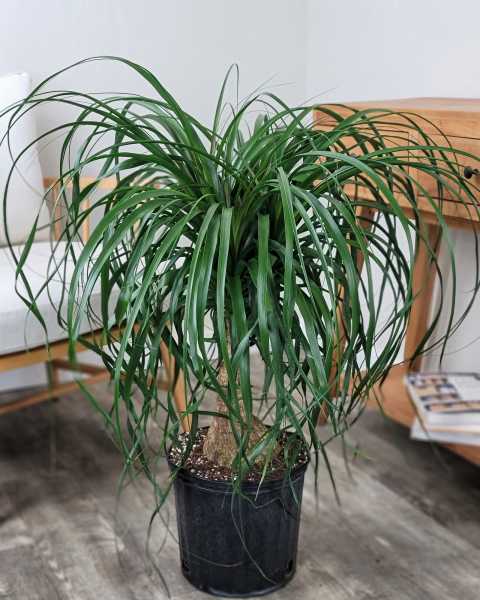
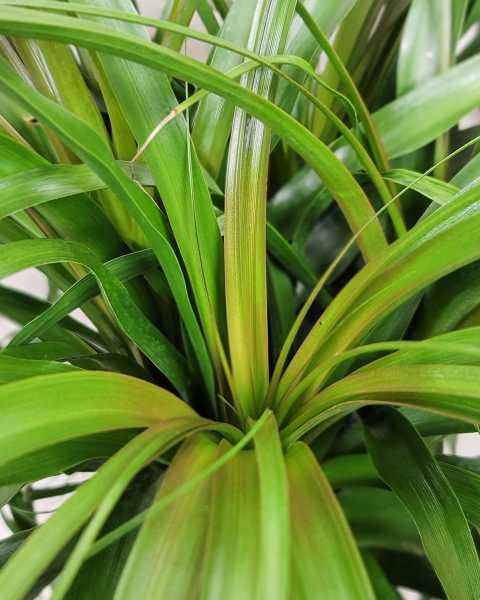
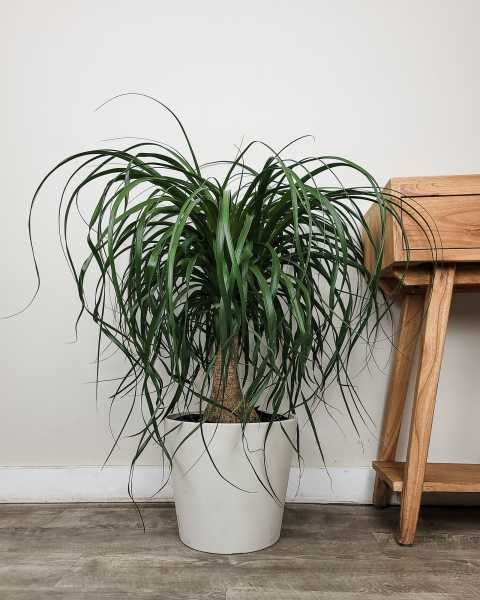
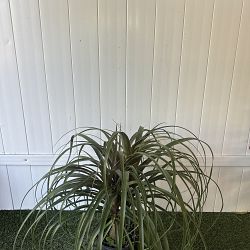





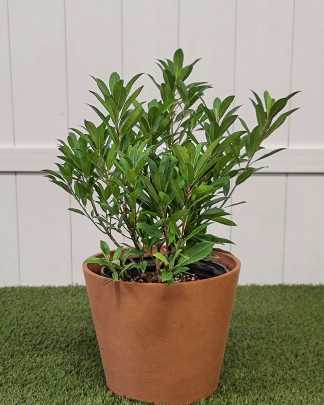
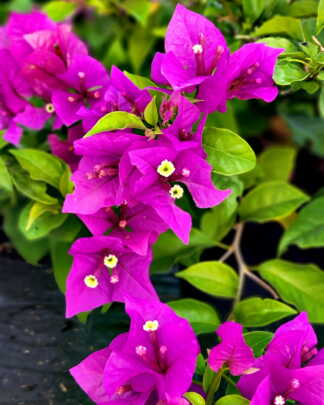
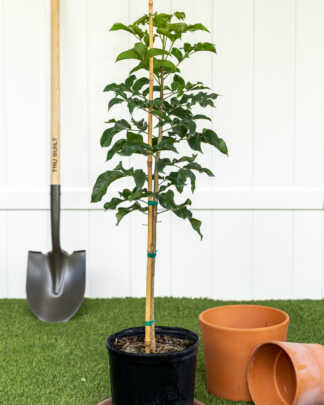
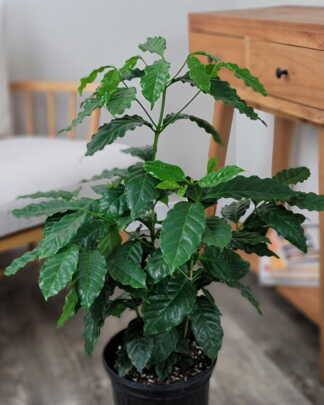
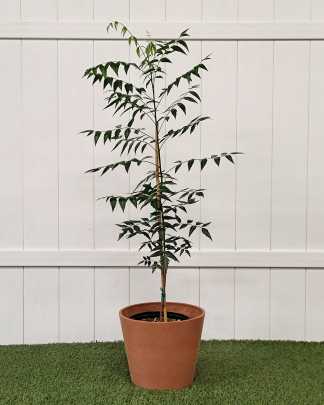


Sandra Bowman (verified owner) –
Beautiful
Ivanka Tolan (verified owner) –
The ponytail palm I received looks fantastic. I offered the extra large and it it is exactly what I expected. A big, healthy tree with green, abundant leaves that look like a cascade of curls. So very happy!
Michael Simons (verified owner) –
Best plants in the world. Every plant comes nicer than the last